The Struggles of Both Mental Illness and Faith: We go beyond the surface scares and explore the deeper meaning behind “The Others”.
In Inspecting the Horror, we look beyond the details of the set and focus more heavily on the story and the messages the story is trying to tell the audience. Dig deeper into the film and discover more meaning, more significance, and perhaps a different opinion.
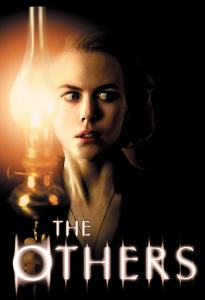 SUMMARY: The year is 1945, post WWII. Navigating a newly tense family dynamic, Grace Stewart (Nicole Kidman) and her two children welcome strange servants after their previous ones mysteriously vanished. Grace’s son and daughter suffer from a photosensitivity disease and the exposure of light on them is life threatening, therefore they live by kerosene light and constant shadows. Soon after, their lives are interrupted by unseen forces terrorizing their isolated home.
SUMMARY: The year is 1945, post WWII. Navigating a newly tense family dynamic, Grace Stewart (Nicole Kidman) and her two children welcome strange servants after their previous ones mysteriously vanished. Grace’s son and daughter suffer from a photosensitivity disease and the exposure of light on them is life threatening, therefore they live by kerosene light and constant shadows. Soon after, their lives are interrupted by unseen forces terrorizing their isolated home.
SIDE NOTE: The use of fog was crucial to upholding the Gothic motif and establishing an atmosphere of oppression and confusion. Here’s a behind the scenes look at how the crew implemented fog into particular scenes:
What Makes ‘The Others’ Scary?
Intrusion: Not only did the family have to hide from Nazi soldiers during the war, but now they’re dealing with intruders that may or may not be metaphysically real. And if that’s the case, how do you out an intruder that you cannot see?
Disbelief: The family is slowly but surely crumbling when they refuse to believe each other’s claims. The level of things they will choose to ignore or disregard to protect their own pride will eventually lead to bigger problems.
Where is My Mind?: How do you know what’s true when you cannot trust yourself? Hearing voices, seeing shadows, and knowing in your heart of hearts that you left something in that spot and seeing it moved plays tricks on your mind by mainly making you doubt it. The onslaught of fear comes in the form of mental debility.
Left Alone: The family starts to notice how isolated they’re becoming from the rest of the town, and that in itself signals that something is awry.
Dissecting the Messages (Spoilers)
As a child, I viewed The Others as nothing more than a ghost story. It was frightening to watch this mother and her children hiding and fighting against the pale hands and quiet voices of monsters that time left behind long ago. It was even more unsettling to learn that the victims I had been afraid for were dead all along. Watching it again as an adult, I looked less at the ghosts and more at the living.
The character of Grace is a paranoid one. During much of the runtime, the audience sees her as the dictator of the home, always in need of the upmost control. This desire for dominance is probably a result of the singular time she lost it — and the one time she couldn’t fix it. Although this is unknown to her, it’s still heartbreaking to see her go through this macabre routine of protecting her children from sunlight, as she believes they are still photosensitive.
Her grip on them hints at Munchausen’s syndrome, which often develops from a parent’s desperation for dependency. The fact that she doesn’t know that she’s dead simulates the mind’s ability to block out traumatic events as a form of self-preservation. Similar to PTSD and other mental illnesses, the mind can both torture and protect seemingly at the same time.
She’s almost the representation of mental illness; a vessel full of uncontrollable and inconsolable feelings that is somehow still loving and protective of the ones she holds dearest to her. The absence of her husband and the unspoken truth about him haunts her more than the people she sees in the hallways.
Another aspect of The Others that stood out to me was the issue of faith. Grace’s children are at an impressible age, and an age where questioning God and everything in the bible is commonplace. In the first half, Grace instills fear into her children by threatening them with limbo and God’s wrath because her belief is secure. Her daughter is quick to counter her, offering answers that aren’t in scripture.
Whether it’s her nature or out of fear of damnation, Grace squashes any ideas outside of God’s reign, despite her own experiences with the specters in her home. But in the final moments, she’s not so sure. Are they in limbo? Heaven? Or the place she’s been running from her entire lifetime? Her confrontation with death has challenged her faith. That upmost extreme was the only thing that opened her mind, much to the determent of her equally lost offspring.
The Others is a haunted house story of the mind, an allegory for when sickness strikes it. It isn’t until outsiders, or the others, come in and break through to Grace does she realize she has a problem. It isn’t until a professional in matters unknown to her (the medium posing as the “psychiatrist”) diagnoses her with what she’s been suffering from — the confusion, the isolation, the anger (death). It’s only then can she atone for her mistakes, apologize to her children and get a new lease on life — or in this case, afterlife.
Director, screenwriter, and composer Alejandro Amenabar based quite a bit of the film off of his Catholic upbringing, making the discussion of religion within the script an interesting one, considering he now identifies as agnostic. Perhaps this shadows the character of Grace’s own transition of faith and her evolution from weak to empowered.


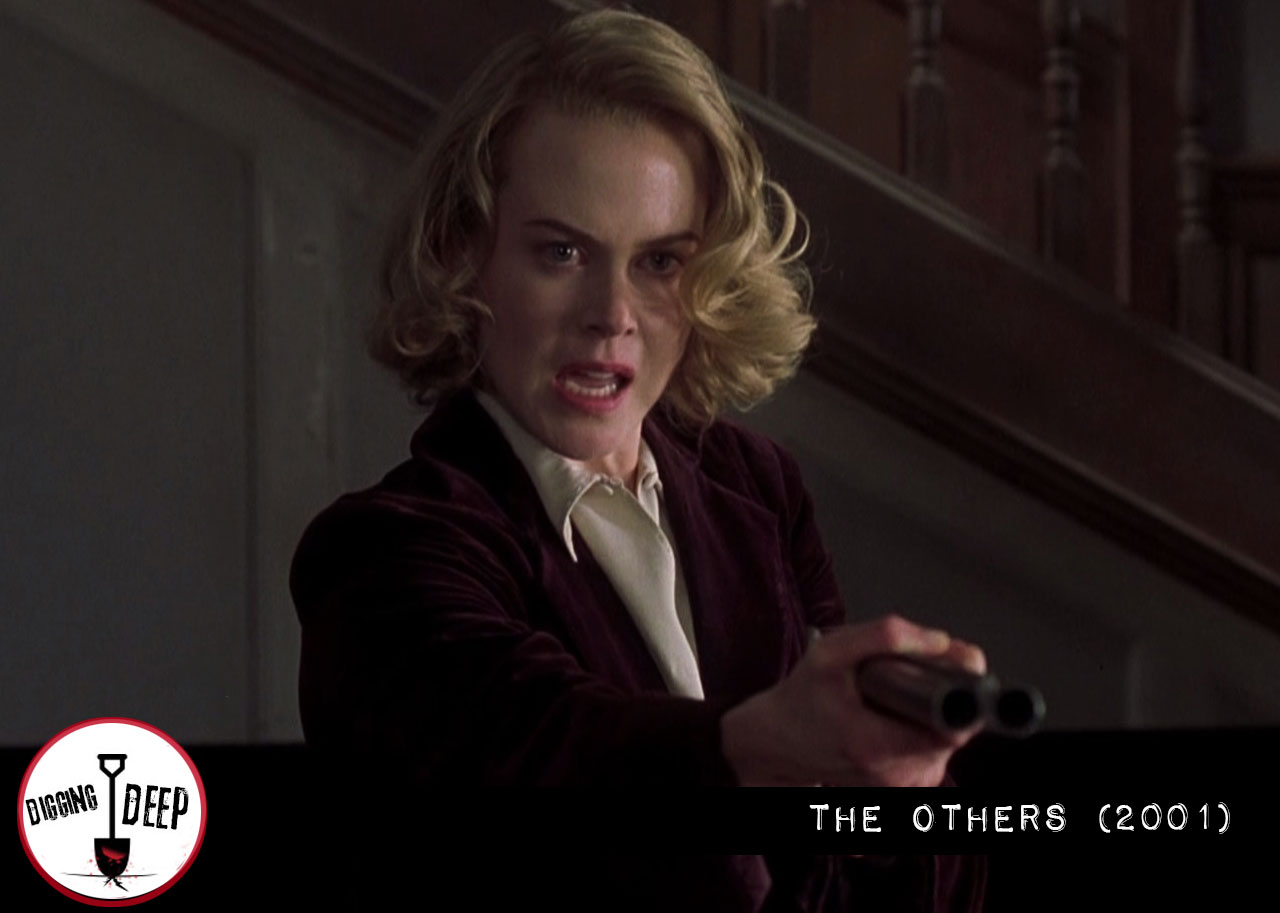
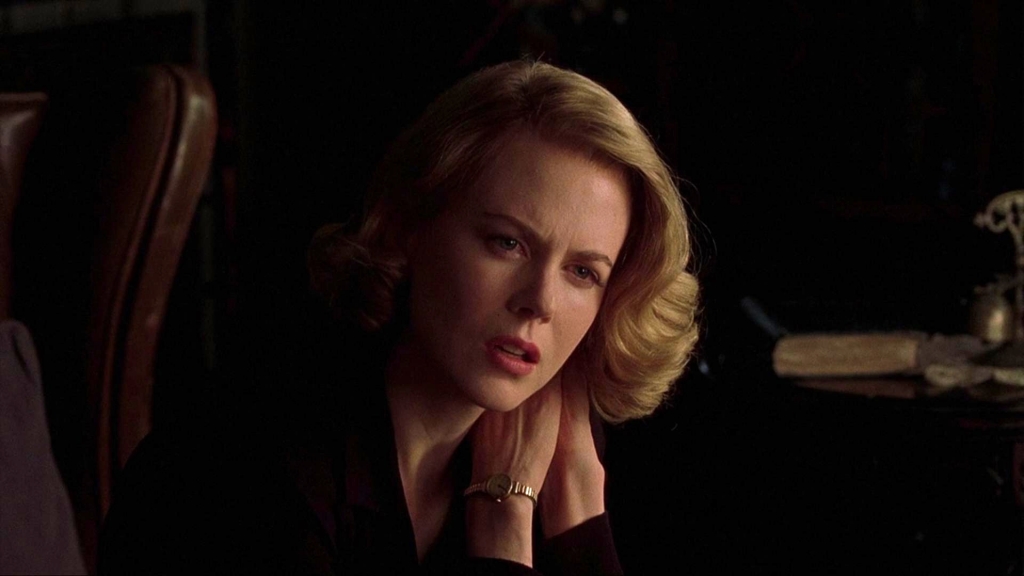
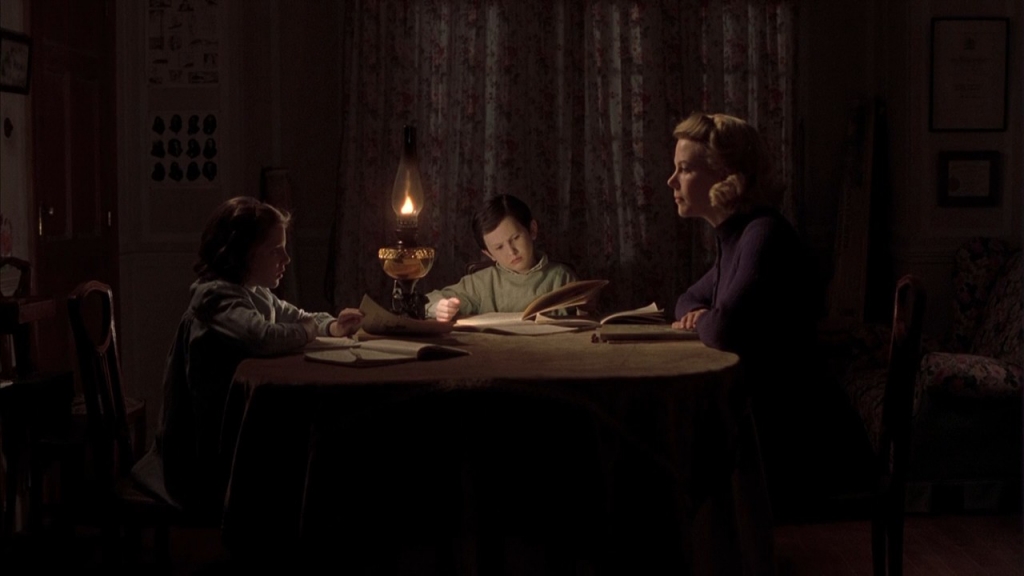
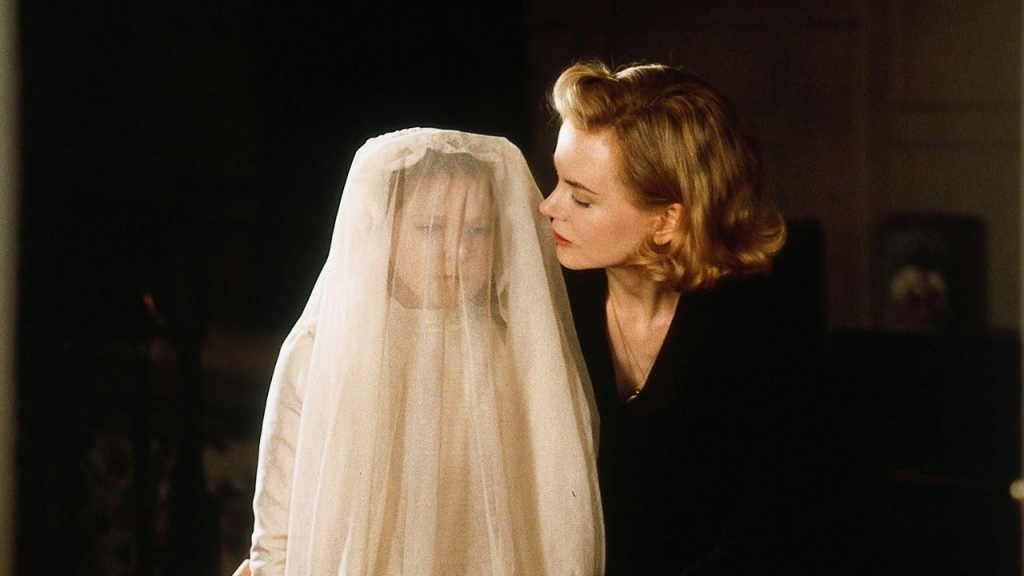
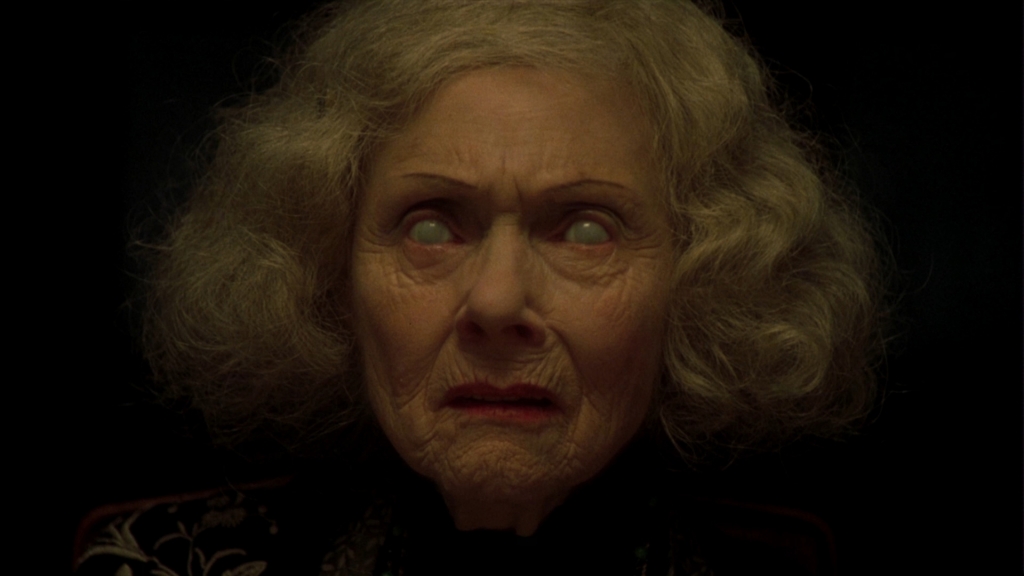

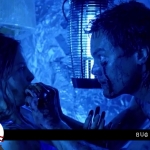


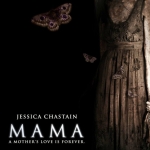






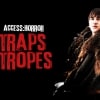
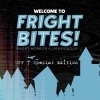
Follow Us!